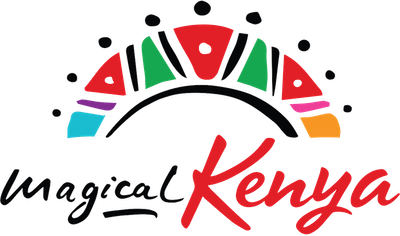How Many Shadowing Hours Do You Need for PA School?
Go-Elective Abroad
How Many Shadowing Hours Do You Need for PA School?
If you're applying to Physician Assistant (PA) school, you've probably heard how important it is to rack up clinical hours. But not all hours are created equal—especially when it comes to shadowing.
So, how many shadowing hours do you actually need for PA school? Do they even matter as much as Patient Care Experience (PCE)? And can hours earned through international internships count?
Let’s break it all down.
> Explore Go-Elective PreMed and Medical Internships Abroad
Shadowing Hours vs Patient Care Experience: What’s the Difference?
Before we dive into numbers, let’s clarify what we’re talking about:
- Shadowing involves observing a healthcare professional (often a PA or physician) to learn how they interact with patients and make clinical decisions. Shadowing is passive, meaning you’re not directly involved in care.
- Patient Care Experience (PCE) involves direct hands-on interaction with patients—taking vitals, drawing blood, helping with hygiene, administering medications, etc.
Most PA programs require or recommend both, but PCE usually weighs more in admissions decisions.
How Many Shadowing Hours Do PA Programs Want?
There’s no universal number, but here are general trends:
Many top PA schools like Duke, Yale, and Emory don’t list a required number—but they expect applicants to demonstrate a deep understanding of the PA role, often gained through shadowing.
✅ Pro tip: Even if a program doesn’t mandate shadowing hours, they still expect to see evidence of career exploration. And shadowing is a key way to do that.
Can You Shadow a Physician Instead of a PA?
Yes, but PA shadowing is preferred.
Most programs want you to understand the specific scope and function of a PA, not just a general healthcare provider. Shadowing a physician is acceptable and often valuable, especially in global or rural settings—but try to shadow at least one practicing PA if possible.
Can You Count Shadowing Hours from an International Internship?
Yes—if done correctly. Many applicants gain shadowing hours through structured global health internships like those offered by Go Elective.
Here’s how to make sure your hours count:
- Your shadowing must be supervised by a licensed healthcare professional (clinical officer, physician, nurse practitioner, or PA equivalent).
- You should not provide direct patient care unless licensed or certified to do so.
- Keep a log of hours, departments rotated through, and the types of interactions observed.
- Be ready to describe how the experience shaped your understanding of the PA profession and global health delivery.
✅ Bonus: Shadowing internationally often adds unique depth to your application—it shows cultural competence, initiative, and a global perspective on healthcare.
How to Log Shadowing Hours on CASPA
On the CASPA application, you can list shadowing under the “Shadowing Experience” section. For each experience, you’ll need to include:
- Facility name and location
- PA or clinician’s name and credentials
- Start and end dates
- Total hours
- A short description of what you observed
Example:
Shadowed clinical officers and attending physicians at Coast General Teaching and Referral Hospital in Mombasa, Kenya. Observed patient consultations, ward rounds, and outpatient procedures in internal medicine, pediatrics, and emergency care.
Quality > Quantity: What Schools Really Want
Admissions committees aren’t just tallying up hours—they’re evaluating what you learned from the experience. That’s why your reflections, personal statement, and interview answers are just as important as the number on your application.
Use your shadowing hours to:
- Articulate the difference between a PA and an MD
- Describe a moment that clarified your commitment to becoming a PA
- Show that you understand the PA’s role in collaborative care, especially in high-pressure or resource-limited settings
Don’t Have a PA to Shadow Near You?
Many students—especially those outside the U.S.—struggle to find PAs locally. Here’s what you can do:
- Shadow clinical officers or general practitioners in international programs (and explain the parallel roles)
- Use virtual PA shadowing platforms like myPAresource, Pre-PA Clinic, or PA-CAT's webinar series
- Combine local experience with a global internship that offers multi-specialty clinical observation in real hospitals
Explore Go Elective’s pre-PA internships for tailored shadowing and cultural immersion in Kenya and Tanzania.
Final Thoughts: Focus on Meaningful, Verifiable Experience
Shadowing isn’t just a checkbox—it’s your opportunity to understand the PA role firsthand and show schools you’re committed. Aim for:
- At least 50–100 hours of shadowing (more if you lack hands-on PCE)
- At least one PA mentor or supervisor if possible
- Thoughtful reflections that connect your observations to your motivations
Whether you're shadowing in your hometown or across the globe with Go Elective, what matters most is what you learn, observe, and carry forward in your journey to becoming a physician assistant.
Article Details
Categories
Recent Articles , Pre-health, PA Internships,
Author: Go-Elective Abroad
Date Published: Sep 7, 2025
Travel with us.
Inquire Today!
Go Elective offers immersive opportunities for medical students, pre-med undergraduates, residents, nursing practitioners, and PAs to gain guided invaluable experience in busy hospitals abroad. Discover the power of study, travel, and impact.






